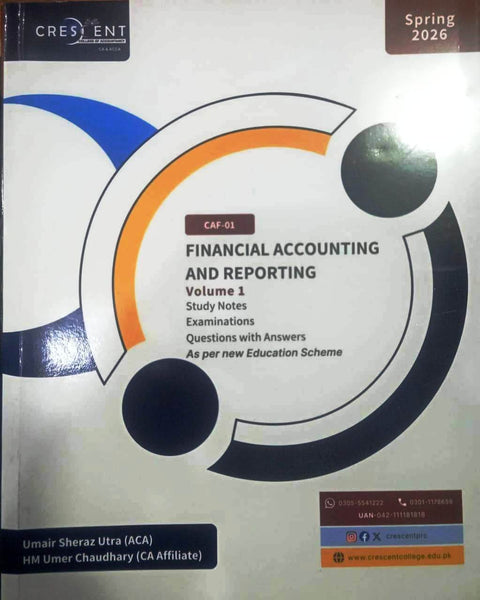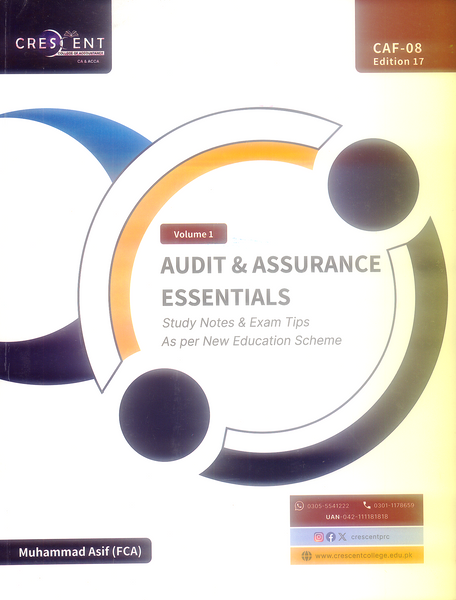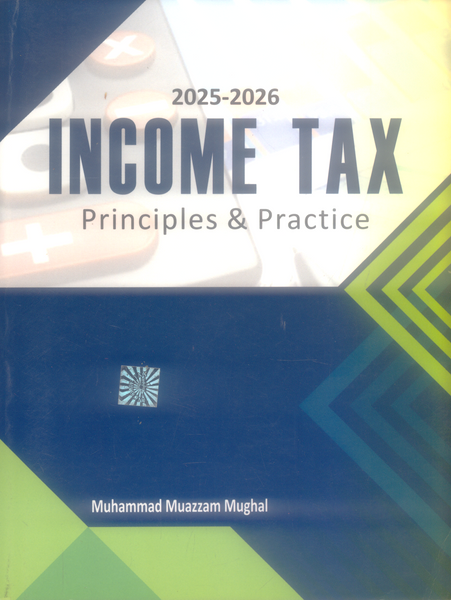The introduction of "Accounting And Finance: An Introduction 10th Edition" by Eddie McLaney and Peter Atrill provides a foundational overview of the interconnected disciplines of accounting and finance. It sets the stage for understanding the essential concepts, principles, and practices that underpin both fields and highlights their significance in decision-making processes within organizations.
-
Nature and Scope of Accounting: This section delves into the definition and purpose of accounting, emphasizing its role in recording, summarizing, and communicating financial information to stakeholders. It explores the various branches of accounting, such as financial, management, and taxation accounting, elucidating their distinct functions and objectives.
-
Financial Statements Analysis: Here, the focus is on the interpretation and analysis of financial statements, including the balance sheet, income statement, and cash flow statement. It outlines the techniques and ratios used to assess a company's financial performance, liquidity, solvency, and profitability, offering insights into its financial health and prospects.
-
Management Accounting Concepts: This segment elucidates the principles and practices of management accounting, which involves the generation of internal financial information to aid managerial decision-making. It covers topics such as cost classification, cost-volume-profit analysis, budgeting, and performance measurement, illustrating their relevance in planning, control, and decision support activities.
-
Financial Management Principles: Discussing the fundamental principles of financial management, this section addresses topics such as capital budgeting, capital structure, working capital management, and dividend policy. It explores the key considerations and techniques employed by financial managers to optimize the allocation and utilization of resources, maximize shareholder wealth, and mitigate financial risks.
-
Regulatory Framework: This part examines the regulatory framework governing accounting and finance practices, including relevant standards, regulations, and reporting requirements imposed by regulatory bodies and professional organizations. It underscores the importance of compliance and transparency in financial reporting to enhance accountability and investor confidence.
-
Ethical Considerations: Ethical considerations in accounting and finance are explored, highlighting the ethical dilemmas and challenges faced by professionals in maintaining integrity, objectivity, and confidentiality in their dealings. It emphasizes the significance of ethical behavior and professional conduct in upholding public trust and credibility in financial markets.
-
Globalization and International Financial Reporting Standards (IFRS): This section addresses the impact of globalization on accounting and finance, emphasizing the adoption and convergence of International Financial Reporting Standards (IFRS) as a global standard for financial reporting. It examines the implications of cross-border transactions, multinational operations, and cultural diversity on accounting practices and financial decision-making.
-
Emerging Trends and Technologies: The emergence of disruptive technologies and trends such as big data analytics, artificial intelligence, blockchain, and fintech is discussed in this segment. It explores their transformative effects on accounting and finance processes, including data management, risk assessment, auditing, and financial analysis, and underscores the need for professionals to adapt to technological advancements.
-
Sustainability and Corporate Social Responsibility (CSR): This part examines the growing emphasis on sustainability and corporate social responsibility (CSR) in accounting and finance practices. It discusses the integration of environmental, social, and governance (ESG) factors into financial reporting and investment decision-making, reflecting the increasing awareness of stakeholders' concerns regarding sustainability and ethical business practices.
-
Career Opportunities and Professional Development: The concluding section explores the diverse career opportunities available in accounting and finance, ranging from public accounting firms and corporations to government agencies and non-profit organizations. It emphasizes the importance of continuous professional development, lifelong learning, and professional certifications such as Certified Public Accountant (CPA) and Chartered Financial Analyst (CFA) in advancing one's career and staying abreast of industry developments.
In the conclusion of "Accounting And Finance: An Introduction 10th Edition," the authors reiterate the integral role of accounting and finance in facilitating informed decision-making, driving organizational performance, and fostering economic growth. They emphasize the dynamic nature of the disciplines, underscore the importance of lifelong learning and professional development, and encourage readers to embrace emerging trends and ethical principles to succeed in today's complex and evolving business environment.

























